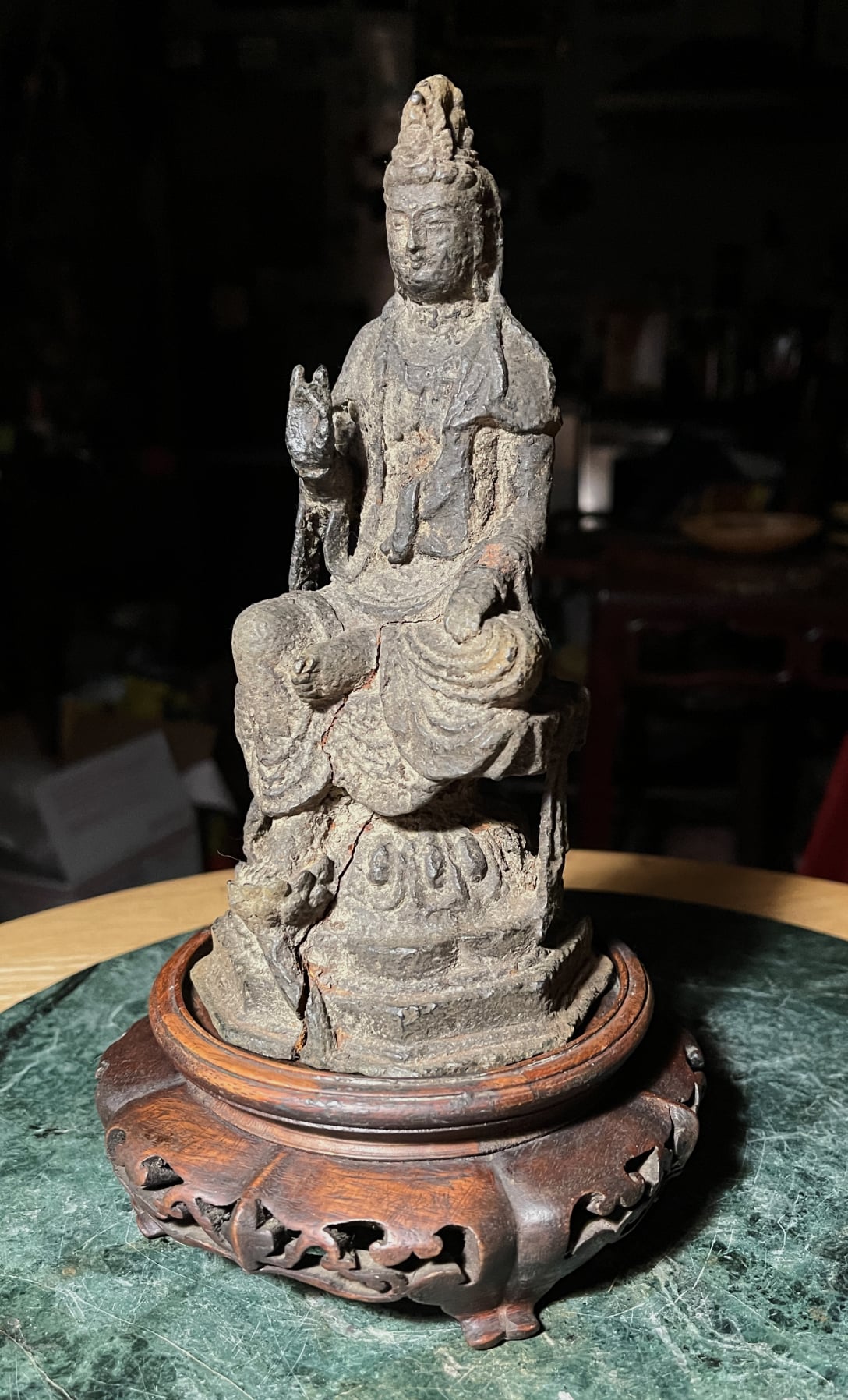
July 29, 2020
Phillip Moffitt, guiding teacher of teachers at Spirit Rock Meditation Center, used to teach tools to “be affected but not infected,” mostly in the context of being empathic and compassionate with other people but not being overwhelmed by their emotions or traumas. The practice could apply to being aware and accepting of our own experiences but not overwhelmed by critical inner messages about how well we’re handling our experiences (or not). The practice is relevant even on the largest scale, how to be engaged and care about what’s happening in our larger world but not be become hostile or in despair because of it.
Since my early days with Phillip Moffitt, I’ve learned the compassion with equanimity practice below that is truly helpful in keeping our minds and hearts open to the suffering of other people (and our own!) while maintaining an inner balance at the same time, so that we can be empathic and effective in caring for and helping others without being bowled over. We can watch or read the national news without going out of commission because we can’t stand what we’re seeing and hearing.
Cultivating Compassion with Equanimity
This excellent practice was developed by Kristin Neff and Chris Germer as part of the Mindful Self-Compassion protocol specifically for caregivers, whether professional caregivers or people caring for a family member. Taught as a guided visualization, I use it all the time, with real people in real time, as a way to keep myself centered and balanced when the person I am sitting with is truly struggling. We practice it to be with another person’s emotional pain, exactly as it is, using compassion for both them and ourselves to maintain our own emotional equilibrium.
Have compassion for everyone you meet,
even if they don’t want it. What seems conceit,
bad manners, or cynicism is always a sign
of things no ears have heard, no eyes have seen.
You do not know what wars are going on
down there where the spirit meets the bone.
– Miller Williams, “Compassion”
1. Sit comfortably, closing your eyes, and take a few deep, relaxing breaths. Allow yourself to feel the sensations of breathing in and breathing out. Notice how your breath nourishes your body as you inhale and soothes your body as you exhale.
2. Let your breathing find its own natural rhythm. Continue feeling the sensations of breathing in and breathing out. If you like, place your hand over your heart or any other place on your body where touch feels soothing, as a reminder to bring not just awareness but loving awareness to your experience, and to yourself.
3. If you become aware of any stress you are carrying in your body, inhale fully and deeply, drawing compassion inside your body and filling every cell in your body with compassion. Let yourself be soothed by inhaling deeply, and by giving yourself the compassion you need when you experience discomfort.
4. Now focus your attention on your in-breath, letting yourself enjoy the sensations of breathing in, one breath after another, noticing how your in-breath nourishes every cell in your body, and then releasing your breath.
5. If you like, you can also carry a word or phrase on each in-breath, such as nourishing, or loving, compassion and care, deep ease, or inner peace. Give yourself whatever you need in this moment. You can also imagine inhaling warmth or light — whatever works for you.
6. Now, bring to mind someone to whom you would like to send warmth, kindness, care, and goodwill, either someone you love or someone who is struggling and needs compassion. Visualize that person clearly in your mind.
7. Shift your focus now to your out-breath. Feel your body breathe out, and send warmth, kindness, care, and goodwill to this person with each exhalation. If you like, you can add a kind word or phrase with each out-breath — soothing, or ease, or an image of caring and compassion.
8. Now, feel your body breathe both in and out — breathing in for yourself and breathing out for another. Repeat a phrase like “Nourishing for me; nourishing for you,” “Soothing for me; soothing for you,” or whatever words work for you. Eventually, you can simply repeat, “One for me; one for you.” Feel the breath of kindness flowing in and flowing out.
9. As you maintain that rhythm, let these words gently roll through your mind:
Everyone is on his or her own life journey.
I am not the cause of this person’s suffering,
Nor is it entirely within my power to make it go away,
Even if I wish I could.
Moments like this are difficult to bear,
Yet I may still try to help if I can.
Still breathing in for yourself and breathing out for another, feel the breath of kindness flowing in, flowing out.
10. You can focus a little more on yourself, or a little more on the other person — whatever you need. Repeat the phrases again.
11. Gently bring your awareness back to breathing in and out, in this moment, in this place. When you are ready, open your eyes.
12. Reflect on your experience. Notice any shifts in your feelings for yourself or for the other person.
I practice Compassion with Equanimity as a visualization often to refresh my ability to use the practice any time I need to – with real people in real time, hearing my own self-talk, watching the news. It does work, on any level we need it to.
